Who is Marcel Duchamp?
To encounter Marcel Duchamp's final masterpiece, Étant Donnés, is to become a conspirator. You are not greeted by a painting on a wall or a sculpture on a pedestal. Instead, you face an old, weathered wooden door installed in a gallery wall at the Philadelphia Museum of Art. Your only way in is through two small peepholes. What you see is a secret, a meticulously constructed scene—or tableau—that Duchamp worked on for twenty years (1946-1966), revealing it to the world only after his death.
8/11/20253 min read
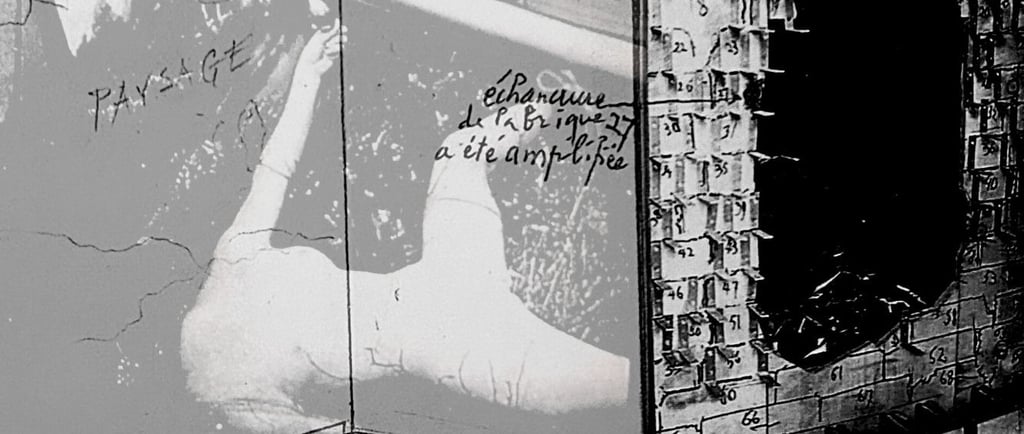

Duchamp's Years of Étant Donnés
To encounter Marcel Duchamp's final masterpiece, Étant Donnés, is to become a conspirator. You are not greeted by a painting on a wall or a sculpture on a pedestal. Instead, you face an old, weathered wooden door installed in a gallery wall at the Philadelphia Museum of Art. Your only way in is through two small peepholes. What you see is a secret, a meticulously constructed scene—or tableau—that Duchamp worked on for twenty years (1946-1966), revealing it to the world only after his death.
This act of controlled, voyeuristic looking is the entry point into the world of Sara Cahill Marron's groundbreaking book, Reasons for Étant Donnés. Her work doesn't just analyze Duchamp's art; it inhabits it, using its very structure as a framework to build a new, urgent, and deeply moving message. To understand the book, we must first understand the "given" conditions of the artwork it springs from.
The Manual for a Secret World
Étant Donnés is more than just the scene it depicts; it is a testament to Duchamp's obsession with control and precision. He called the work an "approximation démontable"—an approximation that can be taken apart. The entire construction, from the reclining nude figure to the shimmering waterfall and gas lamp in the background, was designed to be disassembled and perfectly reconstructed.
This wasn't a hypothetical concept. When the lease on his New York apartment expired in 1943, Duchamp frantically took Polaroids and created a detailed instruction manual to ensure his unfinished work could survive the move. He revised this manual for its final, permanent installation, a space he himself had selected in the early 1950s. Every brick, every branch, every lighting angle was a "given"—a deliberate choice made by the artist. Duchamp wasn't just creating a piece of art; he was creating a reproducible apparatus for viewing, ensuring his vision would remain intact for generations.
This manual, this set of precise instructions for assembling a reality, is the crucial key that links Duchamp's vision to Marron's.
A New Rosary, A New Set of Instructions
Sara Cahill Marron's Reasons for Étant Donnés takes Duchamp's manual and reimagines it as a spiritual guide. The book is structured as a Rosary, a series of "Mysteries of Light" that guide the reader through a contemplative journey. As Marron writes, "Without contemplation, the Rosary is a body without a soul... rather than the panorama of 'ceaseless' prayer."
In place of traditional prayers, each of Marron's "Mysteries" contains its own "Operational Instructions" for assembling Étant Donnés. These instructions, echoing Duchamp's own prescriptive detail, become the beads of this new Rosary. For example, the "Fifth Mystery of Light: Body" begins with the sacred invocation, "Take and eat / This is My body," but then pivots to the stark, mechanical reality of the artwork's construction: "Head is fitted to the body with a screw."
By weaving the devotional structure of the Rosary with the technical assembly of the artwork, Marron creates a powerful new form of meditation. She invites the reader to contemplate not only the mysteries of a Goddess but the mysteries of a body constructed, a nature fabricated, and a world where the sacred and the artificial are inextricably linked.
When the Manual is Useless and the Pieces Won't Stay Put
Here is where Marron's vision profoundly diverges from Duchamp's. While Duchamp's artwork is a sealed, controlled, and perfectly preserved environment, the world Marron builds with it is anything but. Her poetic meditations, hung upon the "beads" of the operational instructions, reveal a reality that is broken, chaotic, and resistant to any manual.
She peers through Duchamp's peephole and sees a reflection of our own damaged world: a world of "dried out dunes digesting plastic," of personal trauma marked by "bloody footprints bagged and tagged," of bodies that feel alien and constructed, where "flesh born in a lab— my body is not my own."
This is the stunning message at the heart of Reasons for Étant Donnés. It uses the ultimate symbol of artistic control—Duchamp's perfectly re-constructible tableau—to explore a world where control is an illusion. For the profound and painful beauty of life, trauma, and nature, "the pieces won’t stay put, the manual is useless, overly instructive."
Duchamp gave us a fixed set of "givens" behind a door. Sara Cahill Marron pries that door open, using his own tools to show us the beautiful, terrifying, and sacred chaos of the world that exists outside of it—a world that demands not just to be viewed, but to be contemplated, dismantled, and pieced back together in a search for meaning.
Duchamp's Manual
Pictures from the facsimile, available for purchase at the Philadelphia Museum of Art.
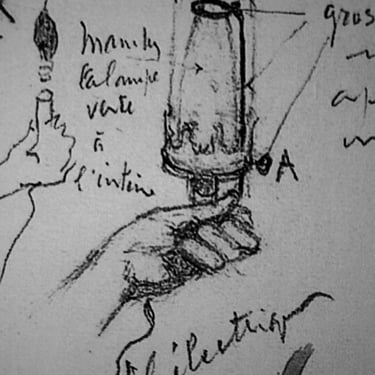
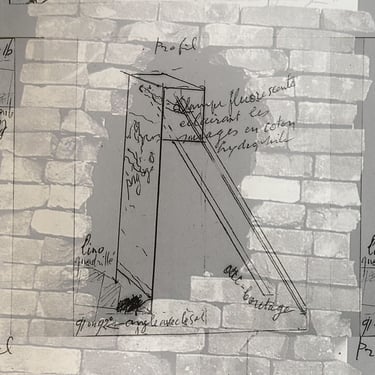
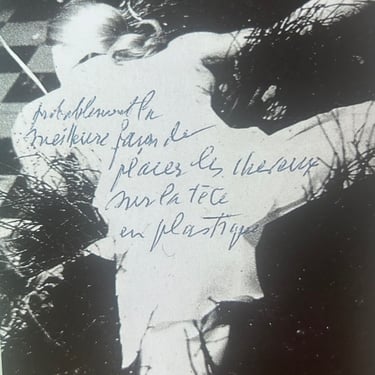
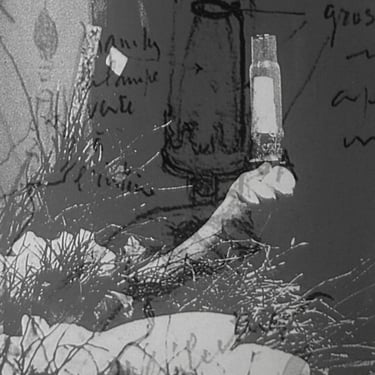
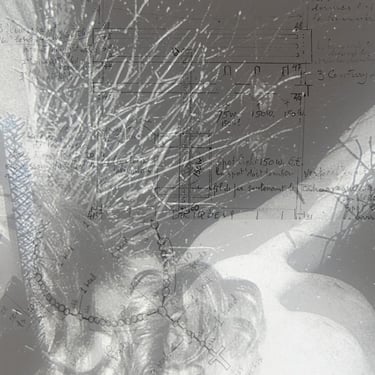
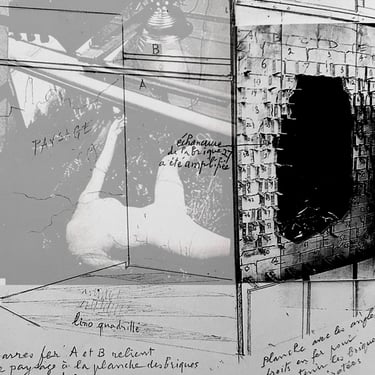
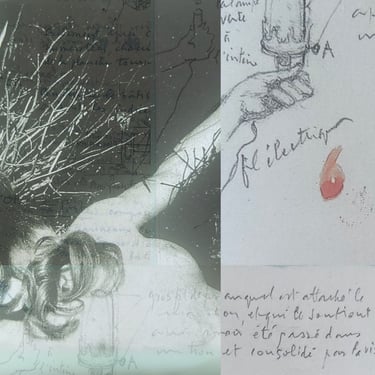
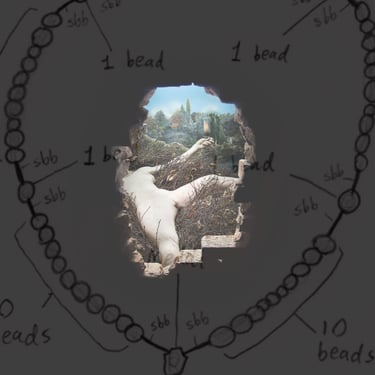
Ready-Made Poems
Exploring modernity through poetry and visual art.
Sara Cahill Marron Poetry Est. 2013
© 2025. All rights reserved.